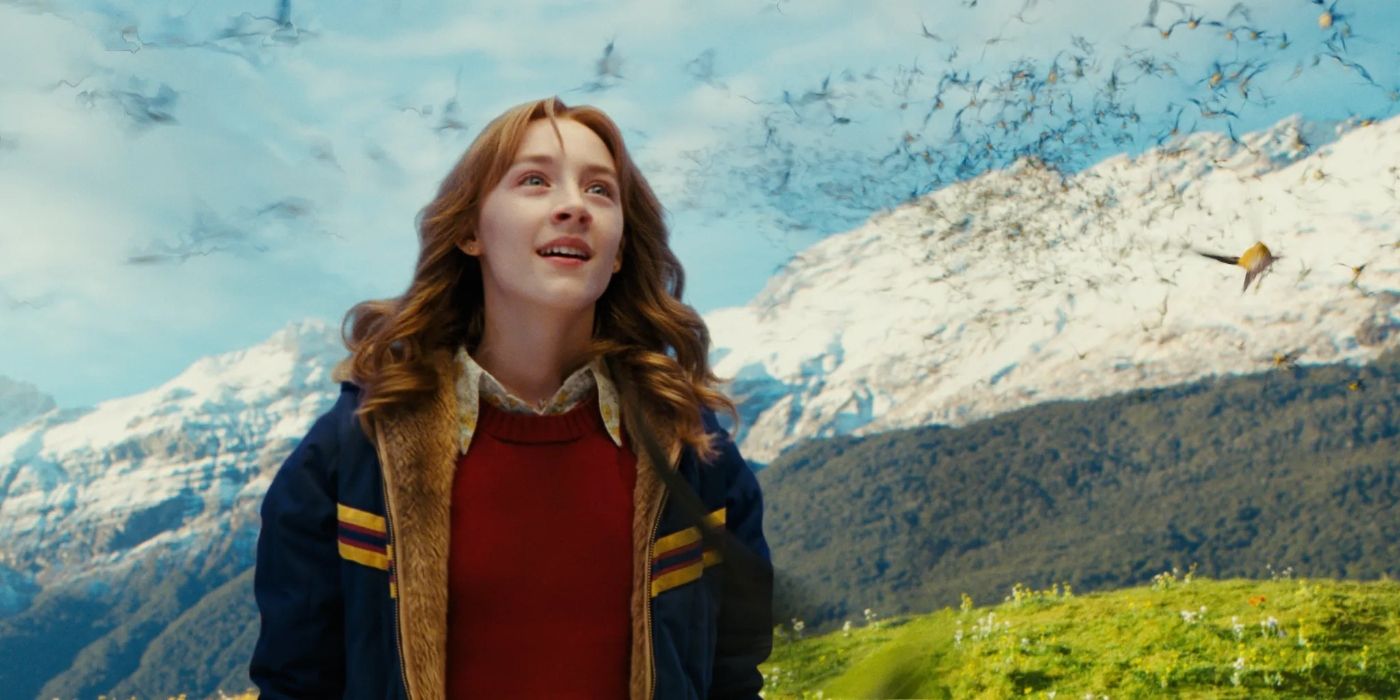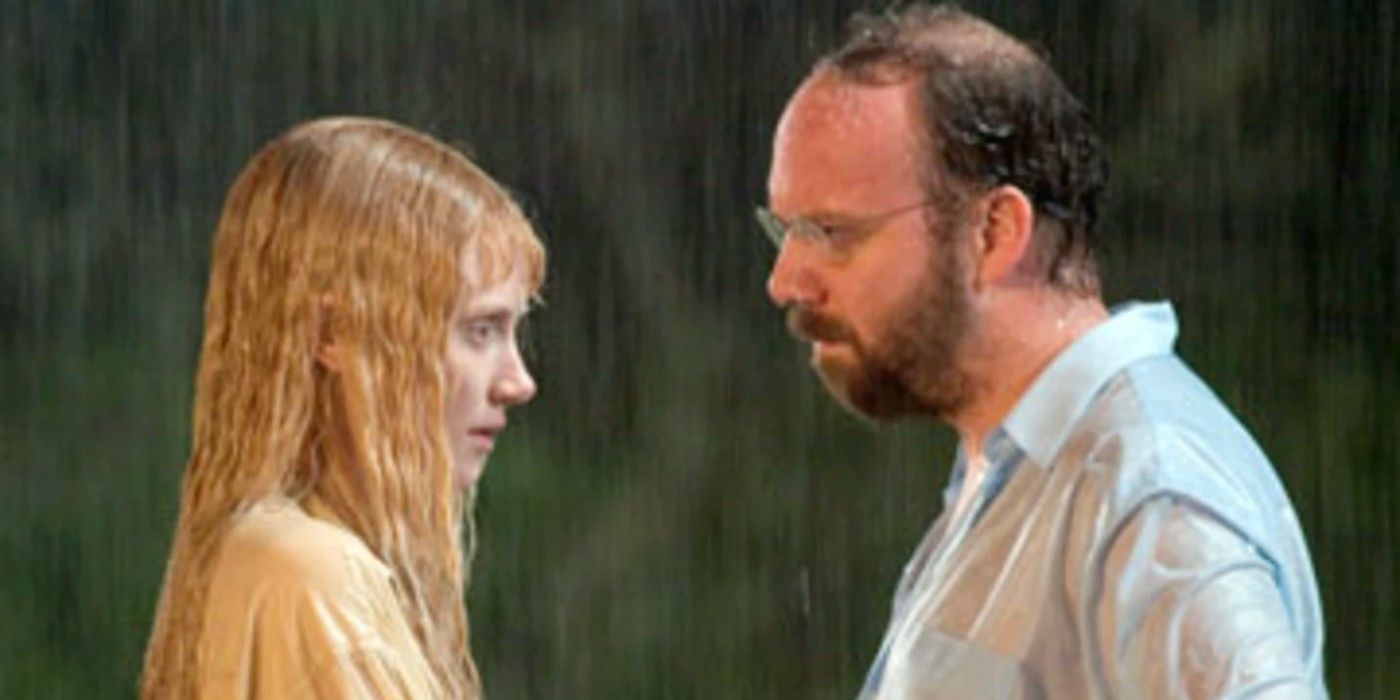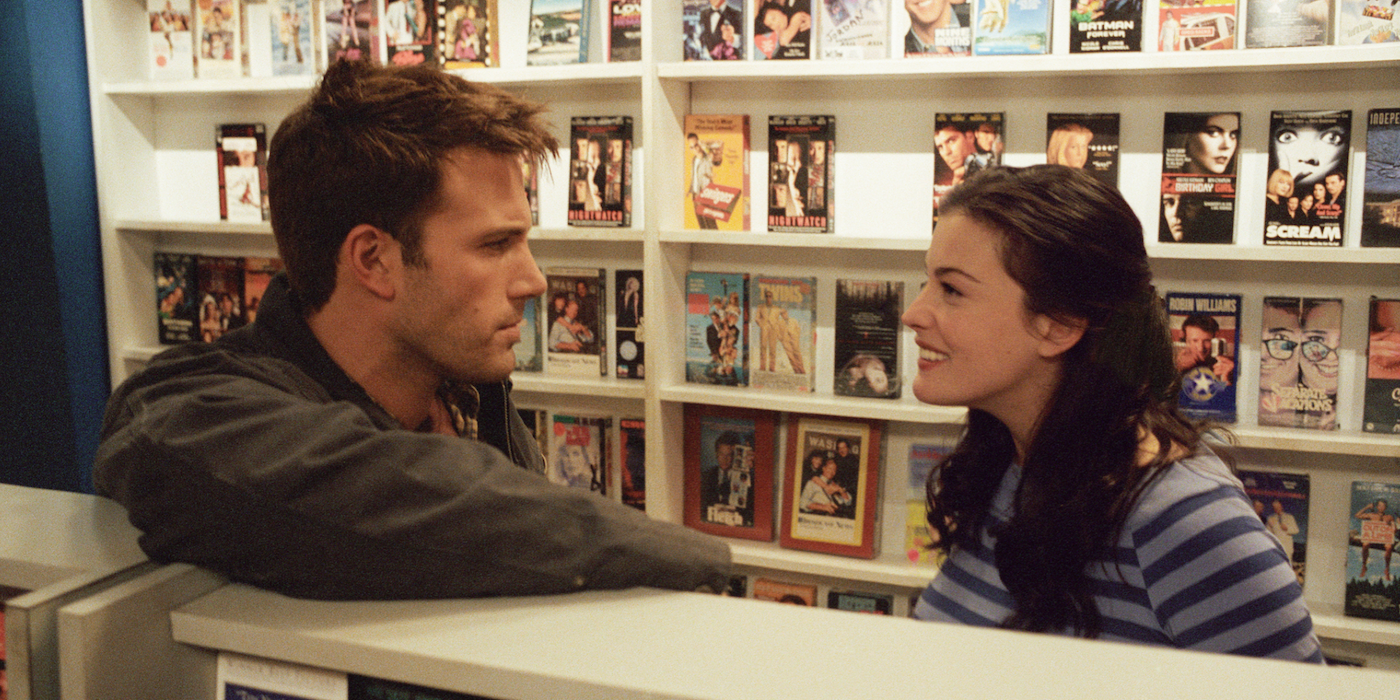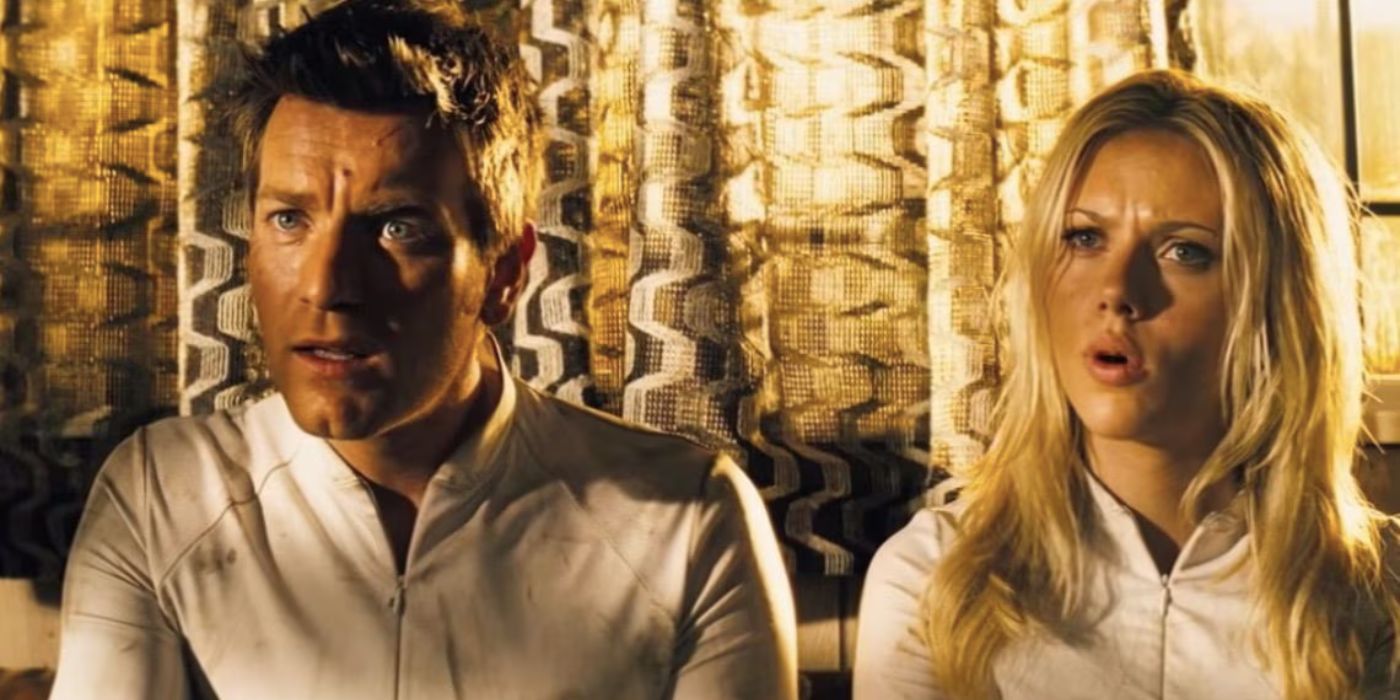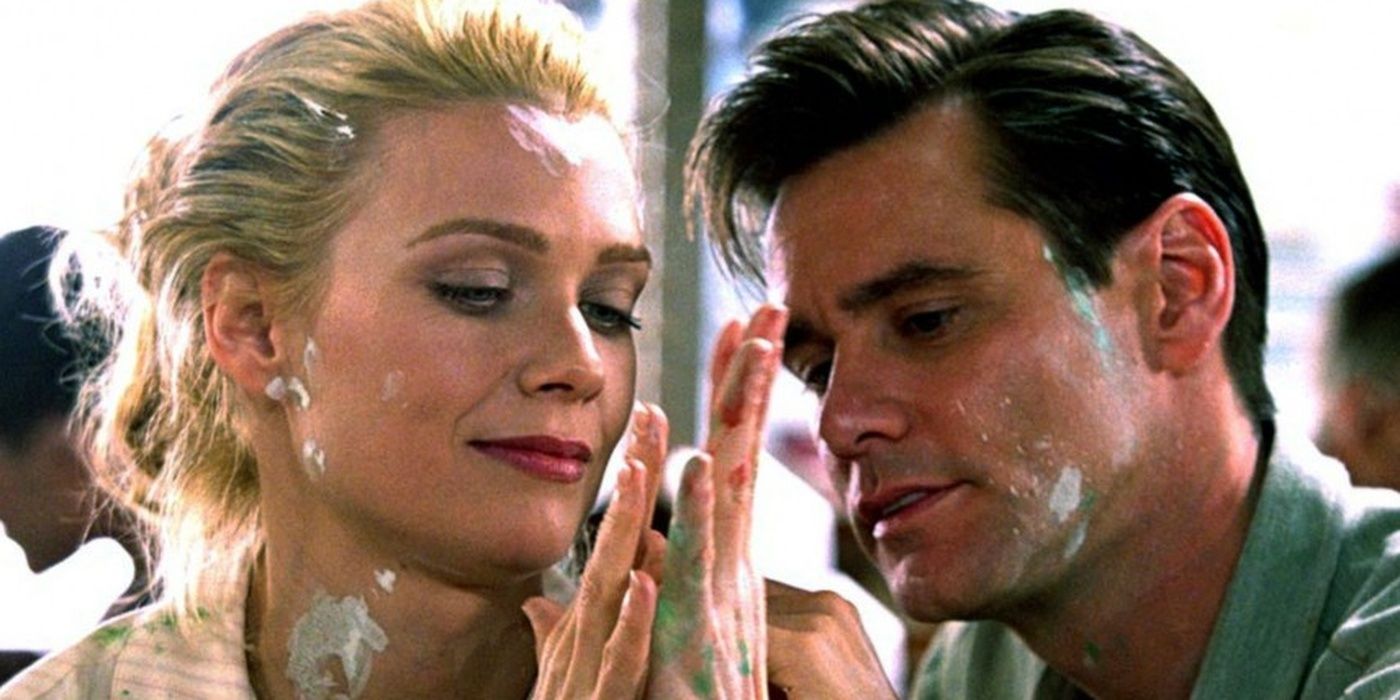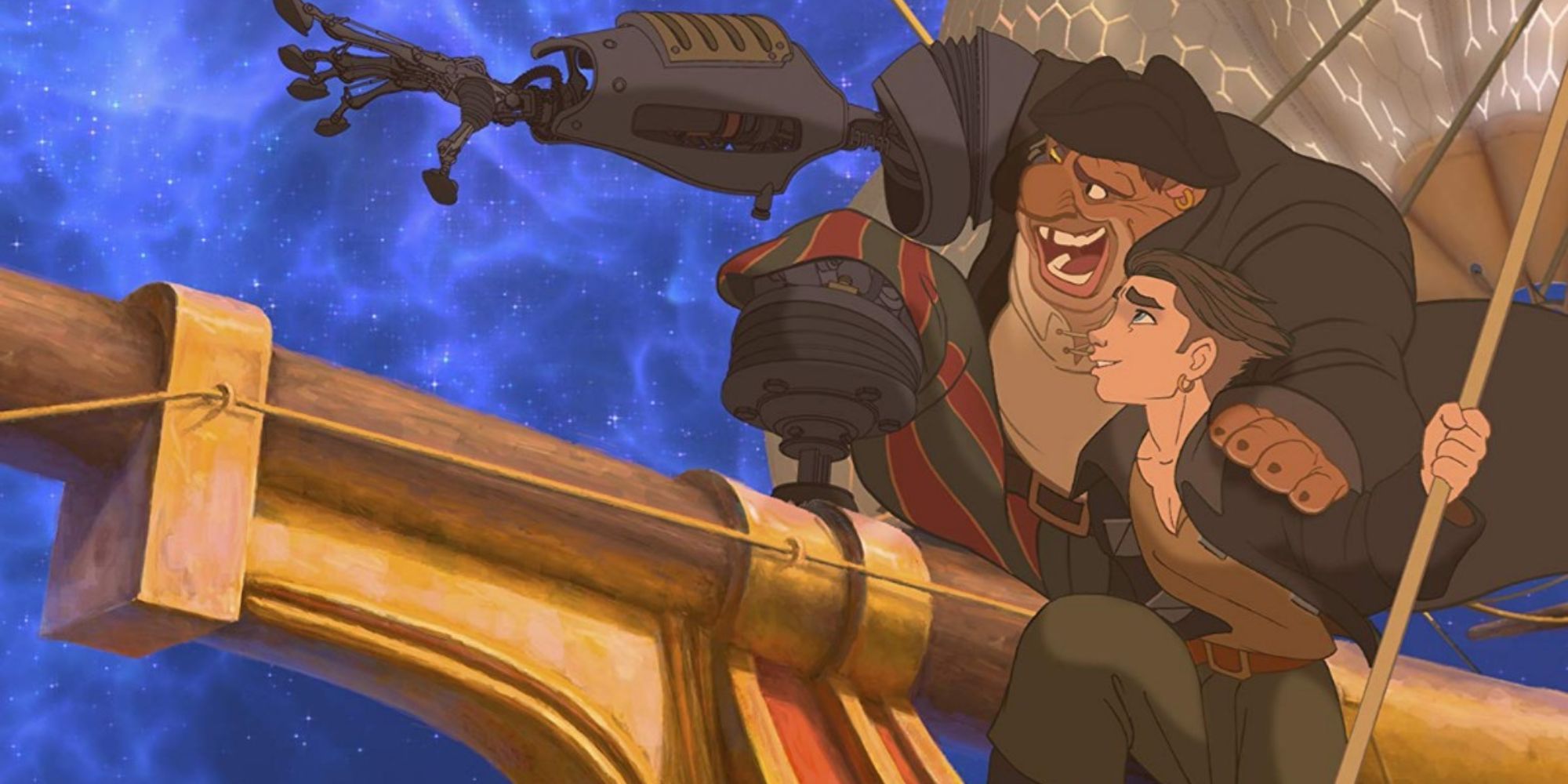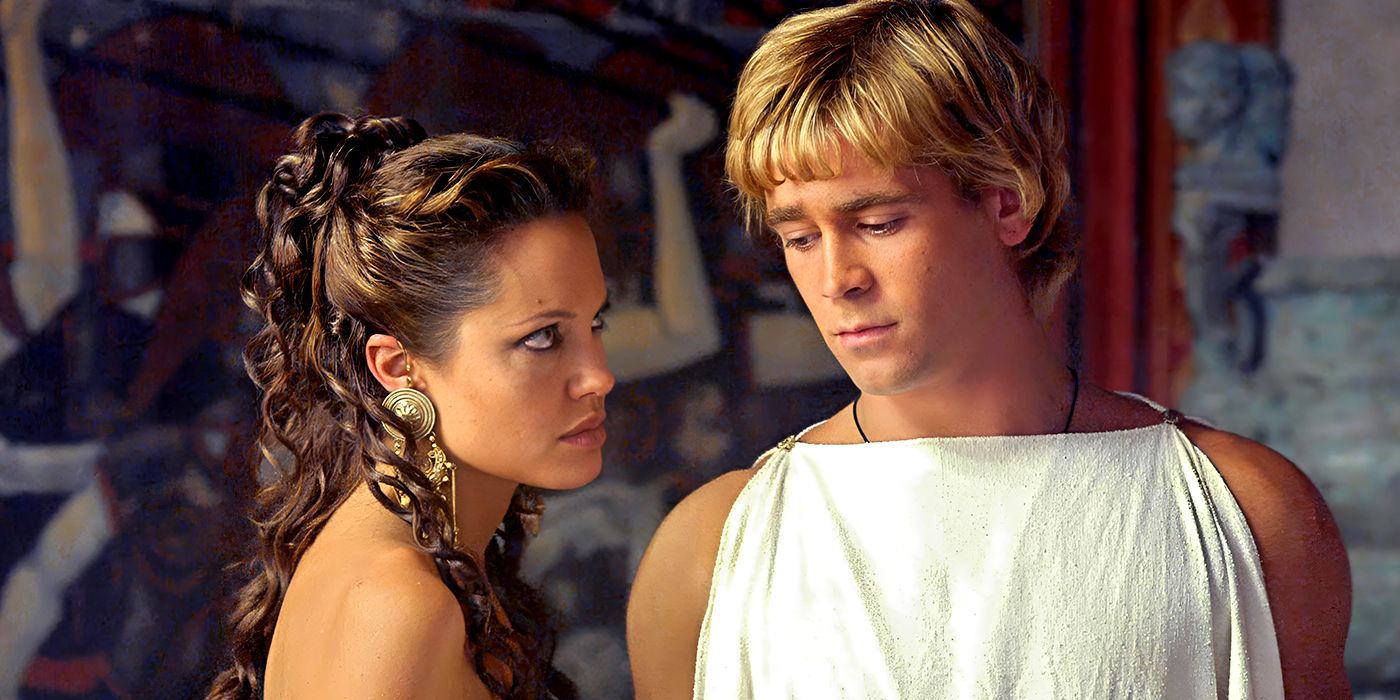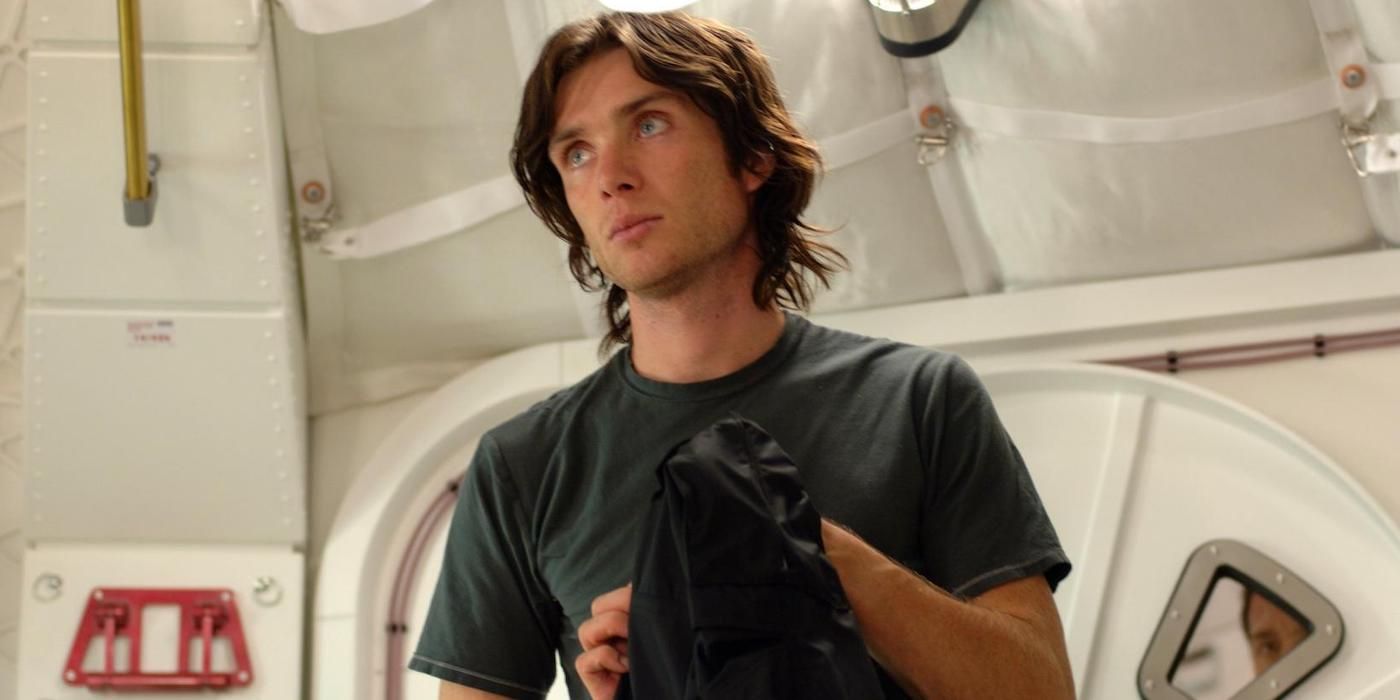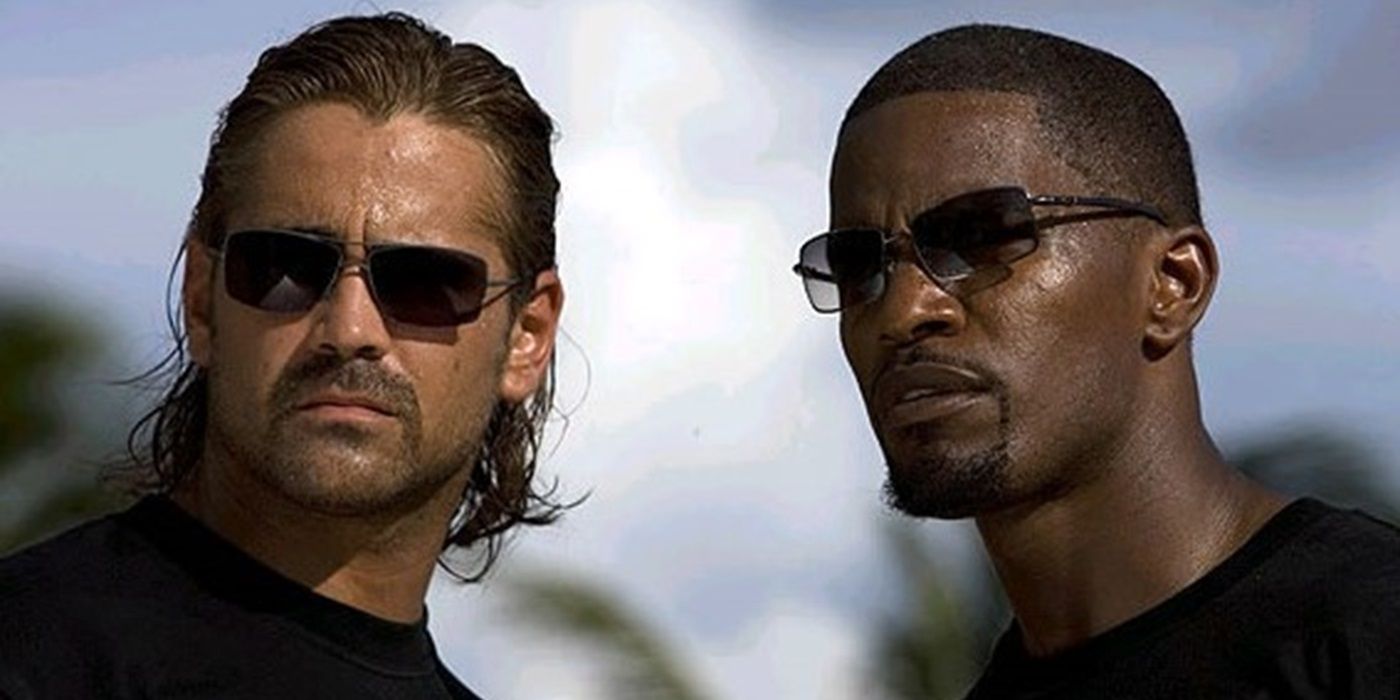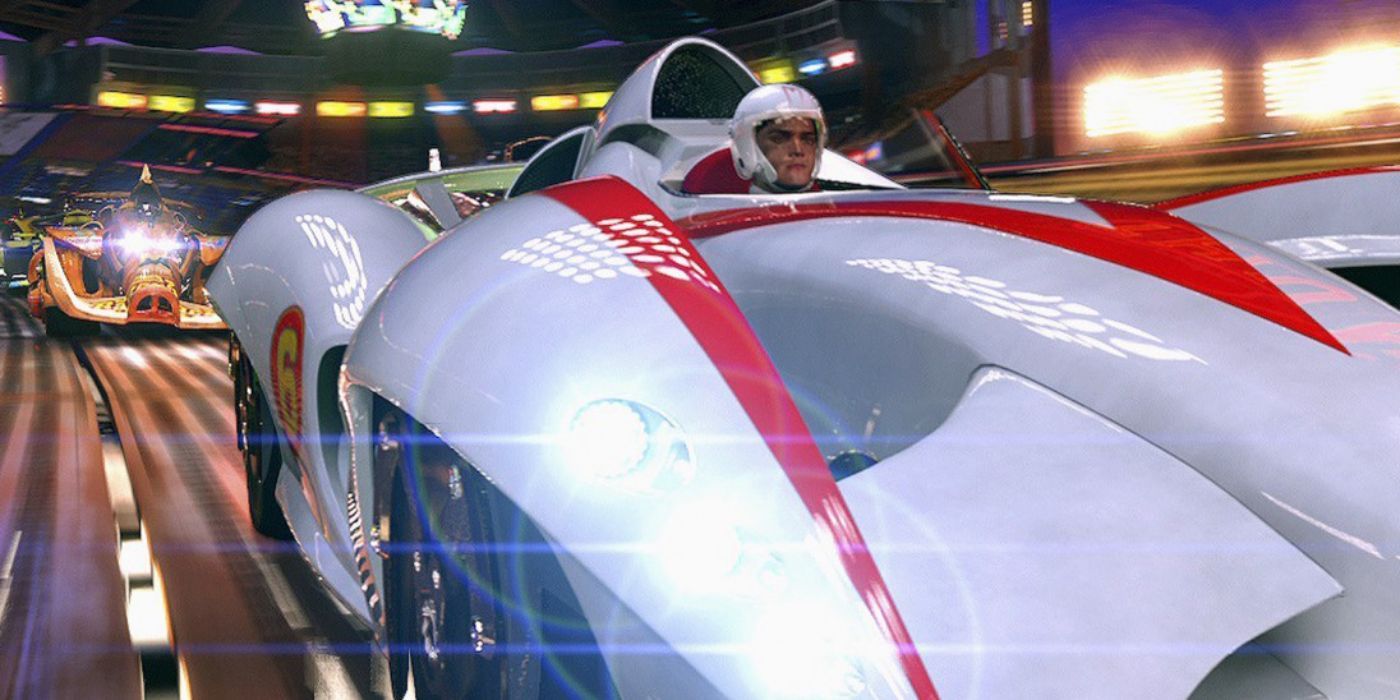Compared to movies released in the late 2010s and in the 2020s, the movies released in the 2000s were a different kind of beast. They stand on an entirely different landscape, where movies of all genres, from romcoms to blockbusters, are still making their biggest bets in cinemas. Some of those movies did not work upon release, making them notorious box office flops in the shadow of hits like Spider-Man or Avatar. But several of those flops are actually worth watching, especially today. Looking back, these 2000s films might be better than most films released today.
We take a look at a set of noughties films that stumbled out of the gate but are actually good. These are not perfect movies, but each has something distinct to offer. For every critical jab or disappointed audience reaction they received in their day, there should now be a growing appreciation for their craft and heart. From misunderstood epics to offbeat sci-fi thrillers, these 2000s flops might just be better than you remember.
10
‘The Lovely Bones’ (2009)
Directed by Peter Jackson
The Lovely Bones tells the story of Susie Salmon (Saoirse Ronan), a 14-year-old girl who is brutally murdered by her quiet, unassuming neighbor (Stanley Tucci). She watches over her grieving family from the purgatory she calls the In-Between, witnessing as her father (Mark Wahlberg) becomes obsessed with finding her murderer and her mother (Rachel Weisz) emotionally detaches from the trauma. Susie herself is torn between staying and letting go of her teenage years.
Upon release, The Lovely Bones was widely criticized for its tonal inconsistency and visual excess. Oscar winner Peter Jackson, who just finished his The Lord of the Rings trilogy and King Kong, was a peculiar choice for this understated, emotional book. Audiences and critics were unsettled by the juxtaposition of child murder with Jackson’s vibrant, CG-heavy depictions of the afterlife. Some felt the emotional weight of the story was undermined by the fantastical visuals. But when audiences revisit it today, The Lovely Bones is a bold exploration of grief and loss, while also doubling as a one-of-a-kind coming-of-age story. The cast, highlighted by the always great Ronan and a creepy Oscar-nominated turn by Tucci, helps to make this supernatural whodunnit a compelling watch.
9
‘Lady in the Water’ (2006)
Directed by M. Night Shyamalan
Lady in the Water is M. Night Shyamalan‘s modern-day fairy tale set in an apartment complex in Philadelphia. Paul Giamatti plays Cleveland Heep, a superintendent who discovers a mysterious woman named Story (Bryce Dallas Howard) living in the building’s pool. As it turns out, Story is a Narf, a kind of sea nymph from a bedtime legend, who has arrived on a mission to inspire a writer whose work will one day change the world.
Coming off the successful but divisive The Village, Shyamalan was at the height of his powers in the mid-2000s. He took a big swing with this film and was met with confusion, mockery and harsh reviews. The film’s mythology was deemed too heavy-handed, and its unconventional storytelling felt jarring compared to the director’s previously tightly structured films. Shyamalan’s decision to cast himself as one of the key characters was also too indulgent. However, over time, this bizarre entry in his filmography might be Night’s most earnest and personal work to date. It’s a story about belief, storytelling, and the collective need to find purpose. In an increasingly cynical world, this unmistakably original film is a welcome outlier.
8
‘Jersey Girl’ (2004)
Directed by Kevin Smith
Jersey Girl follows Ollie Trinke (Ben Affleck), a successful Manhattan music publicist whose life is upended when his wife (Jennifer Lopez) dies shortly after childbirth. Grieving and overwhelmed, Ollie is forced to move back in with his blue-collar father (George Carlin) to raise his daughter, Gertie, in New Jersey, where he learns to be a devoted single father. His life takes a romantic turn when he meets Maya (Liv Tyler), a charming video store clerk who helps him confront his past and open up to the possibility of a new future.
At the time of its release, Jersey Girl was unfairly buried under a wave of bad press. The film itself was considered too sentimental, especially coming from Kevin Smith, who was more famous for his raunchy, stoner comedies. It also arrived in the aftermath of Gigli and the tabloid’s obsession with Bennifer. Viewed objectively without all the baggage, Jersey Girl plays better today as a sincere, well-acted dramedy about personal growth. Affleck gives one of his more emotionally open performances, and Carlin, who was best known for his acerbic humor, shines in a rare dramatic role. Raquel Castro also shines in her role as Trinke’s daughter. It may be softer and more conventional than Smith’s edgier films, but Jersey Girl is a modest, tender portrait of family and responsibility.
7
‘The Island’ (2005)
Directed by Michael Bay
Set in a dystopian future where survivors of a global contamination live in a sterile, tightly controlled facility where select residents are chosen to relocate to a utopian island on a lottery basis, The Island follows Lincoln Six Echo (Ewan McGregor), a curious resident who begins to question his routine in the compound. Along with Jordan Two Delta (Scarlett Johansson), he escapes and discovers that they are actually clones of rich clients in the real world.
Despite its intriguing premise and strong cast, The Island underperformed both critically and commercially upon release. Critics were divided; some praised the first act’s eerie, cerebral setup, but many felt the film devolved into a typical Michael Bay explosion-fest in the second half. In retrospect, The Island might be one of the few instances where Bay restrains himself from his trademark Bayhem offerings. Notably, The Island was the last film before he went on to work with Optimus Prime. The film’s production design and costumes are impeccable, especially in the scenes set in the facility, and its nonstop action is easy to follow and thoroughly entertaining. More importantly, its central theme about cloning, humanity and autonomy is still relevant today.
6
‘The Majestic’ (2000)
Directed by Frank Darabont
The Majestic stars Jim Carrey as Peter Appleton, a Hollywood screenwriter in the 1950s who finds himself blacklisted during the Red Scare. After a car accident leaves him amnesiac, he washes up in the idyllic small town of Lawson, where the residents mistake him for Luke Trimble, a local boy who went missing during World War II. As Peter adopts this new identity, he begins to rebuild the town’s shuttered movie theater, the Majestic, with Luke’s grieving father and rediscovers a sense of purpose and community.
When it debuted, this Frank Darabont film was met with lukewarm reviews and underwhelming box office returns. Released mere months after 9/11, critics and audiences found it overly sentimental and cloying. The film feels like a derivative of Frank Capra’s style, and not suitable for Carrey, who was coming off a string of comedic hits and more subversive dramatic work like The Truman Show. But viewed today, The Majestic’s earnestness feels less annoying and more courageous. It’s one of those films that champions the power of community as well as the healing power of movies without irony. Carrey’s restrained performance gives his character a welcome emotional depth, and Darabont’s affection for classic Hollywood gives The Majestic a timeless charm. At two and a half hours, it can be a chore to watch, but it’s a reminder of how powerful cinema can be.
5
‘Treasure Planet’ (2002)
Directed by Ron Clements and John Musker
Treasure Planet reimagines Robert Louis Stevenson’s classic Treasure Island, swapping the ocean with space. The story follows Jim Hawkins (Joseph Gordon-Levitt), who discovers a mysterious map leading to the fabled Treasure Planet. He joins a crew aboard the solar-powered galleon RLS Legacy, captained by the no-nonsense Amelia (Emma Thompson) and manned by a crew of colorful characters, including the cyborg John Silver (Brian Murray), who becomes his father figure.
Despite its ambition and visual innovation, Treasure Planet was one of Disney’s most expensive animated flops. Released in a packed week, audiences opted to watch Harry Potter and the Chamber of Secrets and Die Another Day. But in the years since, Treasure Planet has gained a devoted fanbase and newfound respect for its bold storytelling and heartfelt character work. Its emotional core, the bond between Jim and Silver, is one of Disney’s most complex and touching relationships, while its stunning animation still holds up over two decades later, with some comparing it favorably to Spirited Away. Today, it stands as a daring, risky Disney animation that seems unlikely to be made today.
4
‘Alexander’ (2004)
Directed by Oliver Stone
Oliver Stone’s Alexander ambitiously charts the life of Alexander the Great, played by Colin Farrell, starting from his tumultuous childhood under the shadow of his domineering father, King Philip II (Val Kilmer), to his eventual downfall. The film follows Alexander’s campaign to unify Greece and expand his empire across Asia. Along the way, it explores the relationship and conflicts in his life, particularly with his mother, Olympias (Angelina Jolie), lifelong companion Hephaistion (Jared Leto), and wife Roxana (Rosario Dawson).
When it was released, Alexander was not well received by both critics and audiences, leading to lackluster word of mouth and box office failure. Many criticized the film’s muddled structure, inconsistent pacing, and Farrell’s performance, while others took issue with its depiction of Alexander’s bisexuality, which was actually well-documented in history. The film’s original cut also tried to cram too much into a single narrative, resulting in what many called one of the worst period biopics of all time. But over time, and through multiple re-edits, particularly the Final Cut, Alexander has been reappraised as a bold, if imperfect, historical character study. Stone’s vision is more rooted in the figure’s journey and less interested in action spectacle. Like Alexander himself, his biopic is often misunderstood but ultimately great.
3
‘Sunshine’ (2007)
Directed by Danny Boyle
Sunshine follows the crew of the Icarus II, a spaceship on a mission to reignite the dying sun. Icarus II is comprised of international scientists and astronauts, played by Cillian Murphy, Michelle Yeoh, Chris Evans, Hiroyuki Sanada, and Rose Byrne, as they journey toward the heart of the solar system. When they encounter the abandoned Icarus I, the first ship sent on the same mission, their mission turns sideways.
At release, Sunshine drew praise for its ambition and aesthetics but ultimately struggled at the box office and divided critics. The tonal shift in the third act, from hard science fiction into slasher horror, left many feeling confused, and some dismissed it as a genre-blending failure. But viewed today, that shift feels more bold than disruptive. Danny Boyle’s direction is simply sublime, while Alex Garland’s script expertly mashes up sci-fi with existential dread. Its spiritual undertones were underappreciated back then, but it gives the film a lasting power. The film’s all-star cast is astounding, and the visuals are among the genre’s best.
2
‘Miami Vice’ (2006)
Directed by Michael Mann
Reimagined as a modern crime thriller, the film adaptation of Miami Vice follows undercover detectives Sonny Crockett (Colin Farrell) and Ricardo Tubbs (Jamie Foxx) who infiltrate a powerful cartel operating in Miami. As the operation deepens, Sonny falls into a dangerous romance with Isabella (Gong Li), the cartel leader’s finance partner, while Tubbs fights to protect his relationship and partner. Upon its release, Miami Vice confounded expectations. Audiences expecting a slick, nostalgic revival of the pastel-drenched TV show were instead met with a brooding and downbeat experience.
Critics were divided; some praised Michael Mann’s commitment to mood and realism, while others dismissed the film as emotionally flat or narratively incoherent. But over time, Miami Vice has been reevaluated as one of Mann’s most daring and stylistically singular films. Its digital cinematography, once considered cold and jarring, now feels apt for its time. Farrell and Foxx work great together, and now audiences could only imagine what it would be like if they led a proper franchise based on this IP. Miami Vice is a unique adaptation that dared to subvert expectations and now stands as one of cinema’s best modern noir films.
1
‘Speed Racer’ (2008)
Directed by Lana and Lilly Wachowski
Adapted from a classic 1960s anime, Speed Racer follows Speed (Emile Hirsch), a young race car driver determined to carry on the legacy of his late brother Rex while challenging the corrupt forces that dominate the world of professional racing. Raised in a loving, gearhead family, Speed finds himself caught in a conspiracy when he’s offered a shady sponsorship by Royalton Industries. With help from the mysterious Racer X (Matthew Fox) and fearless ally Trixie (Christina Ricci), Speed fights for victory, his family, and the love of racing.
When Speed Racer debuted, it bombed at the box office and was critically panned for being too loud and too chaotic. Many viewers, especially those who wanted another classic like The Matrix, dismissed it as a garish fever dream. However, the Wachowskis delivered a cinematic experience that blends live action and CGI into something closer to animated pop art, crafting a visual language like nothing else in mainstream cinema. They were far ahead of the curve, turning anime into live action in the most sincere way possible. Speed Racer‘s colorful visuals are unmatched by other movies, especially those released today. It’s a widely ambitious cinematic experiment that is ahead of its time, unabashedly earnest and visually fearless.

